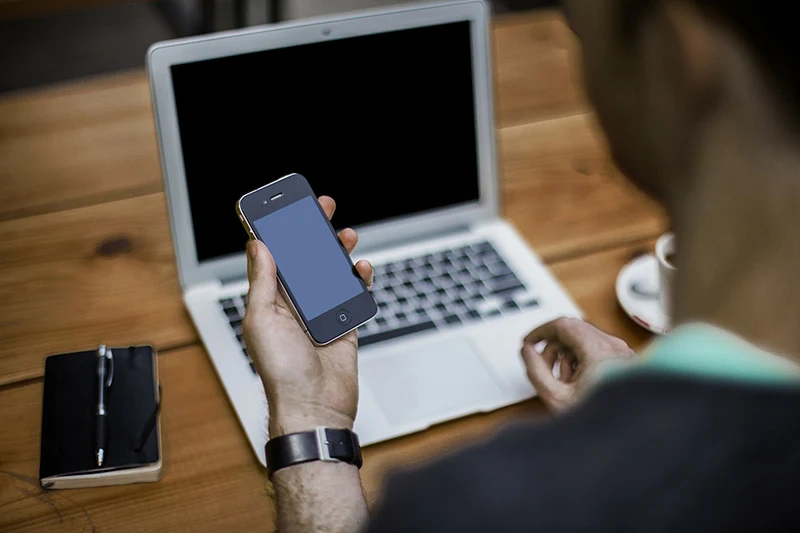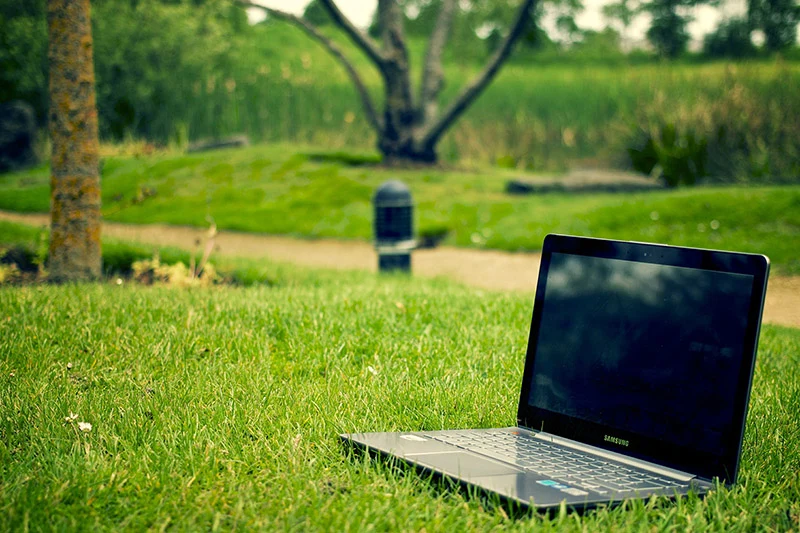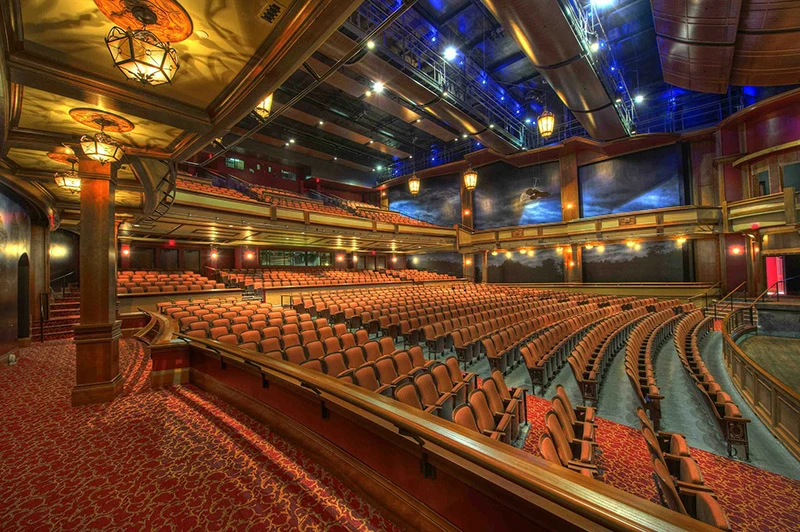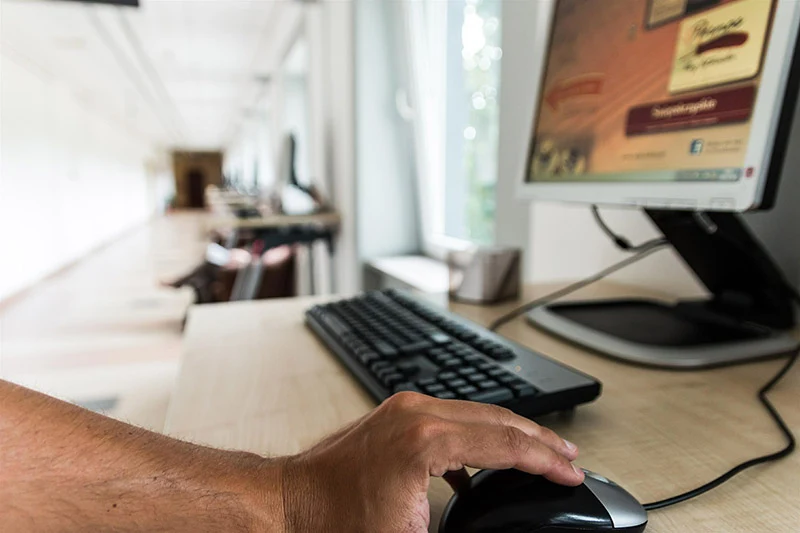Unless you are an image-based site, such as Pinterest or Instagram, the content of your webpage is much more important than the pictures and will keep visitors coming back. However, the use of images can also be a crucial factor in keeping your website up and running. Broken images can keep people from coming back, and improper usage or attribution can even leave you with legal issues.
Make sure your images use the proper format. Most people have computers that can view Graphics Interchange Format (.gif) images and and Joint Photographic Experts Group type (.jpg) images; bitmap (.bmp) images tend to be large and load slowly in proportion to the quality of the image, and other images may not show up on other people’s computers at all because they do not have the proper software. It is also important to make sure that they are large enough to show detail at the size at which they will be viewed, but small enough to load reasonably quickly.

Make sure you use text when it is necessary. It is appealing to use lots of images because it can often seem easier to comprehend images than text, and it is visually appealing, but it can actually be overwhelming and lead to long load times, which are frustrating for users.
It is absolutely vital that you do not use someone else’s copyrighted images unless you have permission from them and they are correctly attributed. Failing to do so can leave you open to legal disputes, because it is illegal to do so. If you must use other people’s pictures, get permission or purchase them from a stock media dealer.
Give people who are using a browser with images disabled an alternative way to access the information inside; if it is a picture of your product, mention the name of the product. Describe the product briefly. Many people choose to disable images when they are browsing on a mobile connection because it uses a large amount of data.
Try to avoid using too many stock images. These generic pictures can be found in many places, and indeed there are websites devoted to following one particular stock image and seeing where it turns up. While it is often cheaper and easier than making your own images, it makes your branding and image seem more generic and harder to distinguish from the competition.
Access your website regularly from different computers and different browsers and even different access points if possible, to make sure that your images are not broken. Few things look less professional than a profusion of broken images, which often happen if your pictures are hosted externally. External hosting of your images can be a lot cheaper than hosting them internally, but it leaves you open to broken images if those services are temporarily or permanently offline.
In the rush to add content on a deadline, the importance of proper graphics is often forgotten. Not only can improper picture usage make your website look unprofessional and useless, but it can also get you sued.





